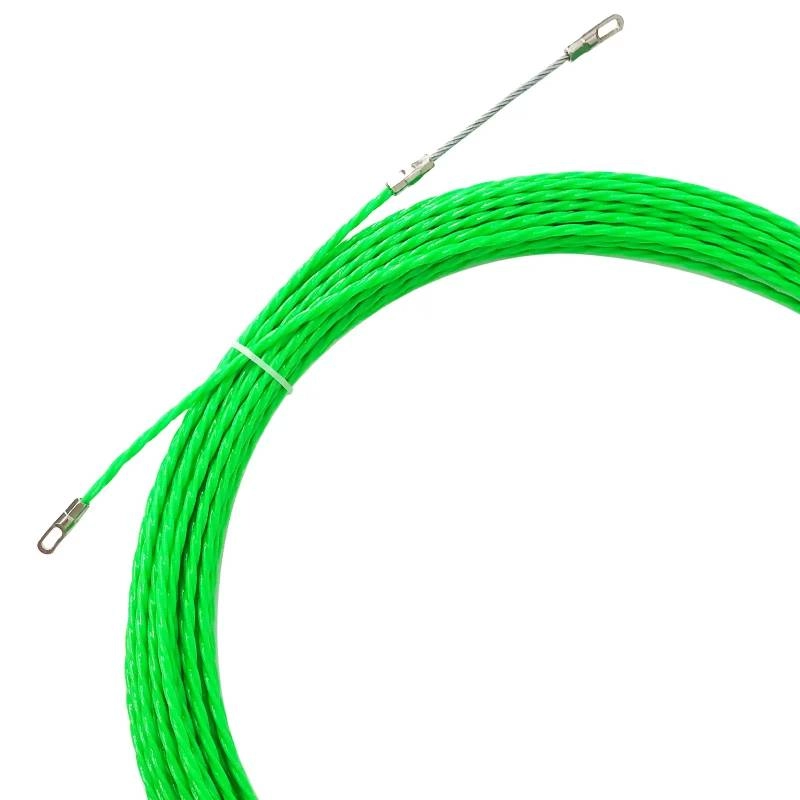
-
 Afrikaans
Afrikaans -
 Albanian
Albanian -
 Amharic
Amharic -
 Arabic
Arabic -
 Armenian
Armenian -
 Azerbaijani
Azerbaijani -
 Basque
Basque -
 Belarusian
Belarusian -
 Bengali
Bengali -
 Bosnian
Bosnian -
 Bulgarian
Bulgarian -
 Catalan
Catalan -
 Cebuano
Cebuano -
 Corsican
Corsican -
 Croatian
Croatian -
 Czech
Czech -
 Danish
Danish -
 Dutch
Dutch -
 English
English -
 Esperanto
Esperanto -
 Estonian
Estonian -
 Finnish
Finnish -
 French
French -
 Frisian
Frisian -
 Galician
Galician -
 Georgian
Georgian -
 German
German -
 Greek
Greek -
 Gujarati
Gujarati -
 Haitian Creole
Haitian Creole -
 hausa
hausa -
 hawaiian
hawaiian -
 Hebrew
Hebrew -
 Hindi
Hindi -
 Miao
Miao -
 Hungarian
Hungarian -
 Icelandic
Icelandic -
 igbo
igbo -
 Indonesian
Indonesian -
 irish
irish -
 Italian
Italian -
 Japanese
Japanese -
 Javanese
Javanese -
 Kannada
Kannada -
 kazakh
kazakh -
 Khmer
Khmer -
 Rwandese
Rwandese -
 Korean
Korean -
 Kurdish
Kurdish -
 Kyrgyz
Kyrgyz -
 Lao
Lao -
 Latin
Latin -
 Latvian
Latvian -
 Lithuanian
Lithuanian -
 Luxembourgish
Luxembourgish -
 Macedonian
Macedonian -
 Malgashi
Malgashi -
 Malay
Malay -
 Malayalam
Malayalam -
 Maltese
Maltese -
 Maori
Maori -
 Marathi
Marathi -
 Mongolian
Mongolian -
 Myanmar
Myanmar -
 Nepali
Nepali -
 Norwegian
Norwegian -
 Norwegian
Norwegian -
 Occitan
Occitan -
 Pashto
Pashto -
 Persian
Persian -
 Polish
Polish -
 Portuguese
Portuguese -
 Punjabi
Punjabi -
 Romanian
Romanian -
 Russian
Russian -
 Samoan
Samoan -
 Scottish Gaelic
Scottish Gaelic -
 Serbian
Serbian -
 Sesotho
Sesotho -
 Shona
Shona -
 Sindhi
Sindhi -
 Sinhala
Sinhala -
 Slovak
Slovak -
 Slovenian
Slovenian -
 Somali
Somali -
 Spanish
Spanish -
 Sundanese
Sundanese -
 Swahili
Swahili -
 Swedish
Swedish -
 Tagalog
Tagalog -
 Tajik
Tajik -
 Tamil
Tamil -
 Tatar
Tatar -
 Telugu
Telugu -
 Thai
Thai -
 Turkish
Turkish -
 Turkmen
Turkmen -
 Ukrainian
Ukrainian -
 Urdu
Urdu -
 Uighur
Uighur -
 Uzbek
Uzbek -
 Vietnamese
Vietnamese -
 Welsh
Welsh -
 Bantu
Bantu -
 Yiddish
Yiddish -
 Yoruba
Yoruba -
 Zulu
Zulu


TEL:
0086-311-88862036
يانۋار . 11, 2025 09:27 Back to list
cable pulling machine price
Navigating the dizzying landscape of cable pulling machine prices can be daunting, especially without industry insights. However, understanding the factors influencing these prices and what to expect based on your specific needs can save both time and money. Here's a comprehensive guide to mastering the complexities of cable pulling machine purchasing, focusing on key aspects such as performance, durability, and technological advancements.
It’s important to account for after-sales service and warranty offerings. Paying a premium for a comprehensive service package could appear costly, but it ensures sustained machine performance and quick resolutions to potential issues. Businesses purchasing a machine should prioritize robust customer service, ensuring any downtime is minimized, particularly for high-demand operations. To find the best deals, consider auction sites for used equipment, which can be worthwhile for businesses operating within tight budgets. However, ensure that a thorough inspection is conducted to assess the machine's condition and historical maintenance. Finally, building a relationship with a reputable supplier can provide not only competitive pricing but also valuable insights into market trends and technological advancements. Suppliers with a track record of professionalism can offer guidance tailored to specific project needs, ensuring the selected machine performs optimally within defined budgets. In conclusion, purchasing a cable pulling machine is a significant investment that must account for performance capabilities, construction durability, technological features, and ancillary costs like shipping and after-sales service. By adopting a holistic approach to evaluation and sourcing advice from credible professionals, businesses can optimize their investment, leading to enhanced productivity and cost efficiency in their operations. Armed with this knowledge, buyers can confidently navigate the market, secure in the understanding that their choice is informed and strategic.


It’s important to account for after-sales service and warranty offerings. Paying a premium for a comprehensive service package could appear costly, but it ensures sustained machine performance and quick resolutions to potential issues. Businesses purchasing a machine should prioritize robust customer service, ensuring any downtime is minimized, particularly for high-demand operations. To find the best deals, consider auction sites for used equipment, which can be worthwhile for businesses operating within tight budgets. However, ensure that a thorough inspection is conducted to assess the machine's condition and historical maintenance. Finally, building a relationship with a reputable supplier can provide not only competitive pricing but also valuable insights into market trends and technological advancements. Suppliers with a track record of professionalism can offer guidance tailored to specific project needs, ensuring the selected machine performs optimally within defined budgets. In conclusion, purchasing a cable pulling machine is a significant investment that must account for performance capabilities, construction durability, technological features, and ancillary costs like shipping and after-sales service. By adopting a holistic approach to evaluation and sourcing advice from credible professionals, businesses can optimize their investment, leading to enhanced productivity and cost efficiency in their operations. Armed with this knowledge, buyers can confidently navigate the market, secure in the understanding that their choice is informed and strategic.
Latest news
The Unique Design of Cable Socks
NewsJun.04,2025
Swivel Connectors in Industrial Automation
NewsJun.04,2025
Safety Features of Link Sticks
NewsJun.04,2025
How to choose the best cable pulling winch for sale
NewsJun.04,2025
Fish tape safety precautions
NewsJun.04,2025
Essential Maintenance Tips for Cable Pulling Tools
NewsJun.04,2025
Copyright © 2025 Shijiazhuang Bilo Import and Export Trading Co., Ltd. All Rights Reserved. Sitemap | Privacy Policy

BlLo lmport & Éxport is specialized in power and cable equipment andconsiruction tools,Qur main producis are FRP
duct rodder, cable rollerscable pulling winch, cable drum jack, cable pulling sock, etc.
Copyright © 2025 Shijiazhuang Bilo Import and Export Trading Co., Ltd. All Rights Reserved. Sitemap | Privacy Policy










